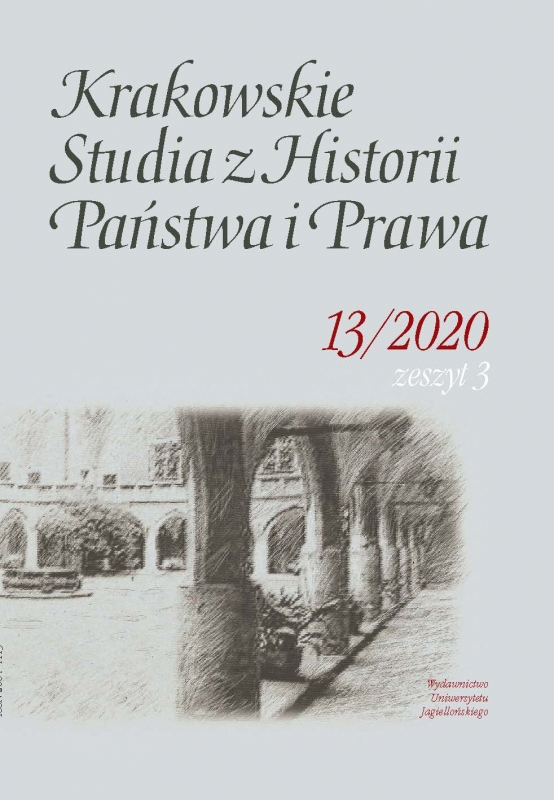“The Living Dead” in Modern Era Parish Records in Silesia and Moravia
“The Living Dead” in Modern Era Parish Records in Silesia and Moravia
Author(s): Daniel WojtuckiSubject(s): History, History of Law
Published by: Wydawnictwo Uniwersytetu Jagiellońskiego
Keywords: wampiry; wiedźmy; magia pośmiertna; Poltergeist; Gespenst; Morawy; Śląsk; rejestr parafialny; Vampires; Witschcraft; Magia Posthuma; Moravia; Silesia; parish register
Summary/Abstract: Parish records are an interesting source material for researching the issue of beliefs in returning dead. Parish records of deaths rarely relate the funerals of people other than the God-fearing citizens who rested in the parish necropolis or those killed in tragic circumstances, usually as a result of an accident. From the end of the 16th century, the areas of the Silesian-Moravian borderland, or northern Moravia itself, were the scene of fierce struggles against the dead rising from their graves. Later, mainly eighteenth-century publications began to use the term defining these phenomena as magia posthuma. The intensity of beliefs in posthumous magic peaked in late 17th and early 18th centuries. It was widely thought at the time that a deceased person whose body does not show normal, post-mortem changes (rigidity) was a witch or a sorcerer. In Silesia and Moravia effective forms of dealing with harmful deceased people were developed in the period of 16th-18th centuries. Based on the analysis of existing source material, we know that the most frequent course of action was to find the grave of the “undead”in the cemetery, exhume the corpse and destroy it. All these measures against corpses who rose from their graves had to leave a trace in the parish books. In the discussed area, the oldest entries from records of death concerning the beliefs in dead who returned to plague the living can be found in the volume for the Silesian city of Strzegom (German: Striegau) covering the years 1589–1715. Some interesting research material is also provided by entries made in the records of death in the small town of Ryžoviště(German: Braunseifen) for the years 1583–1640 and 1640–1717. One of the last entries in the death records was made on 1 March 1755, when the Empress Maria Theresa issued a decree forbidding the persecution of people accused of witchcraft, treasure hunts with the aid of magic and also the exhumation or burning of the bodies of people accused of posthumous magic.
Journal: Krakowskie Studia z Historii Państwa i Prawa
- Issue Year: 13/2020
- Issue No: 3
- Page Range: 273-287
- Page Count: 15
- Language: English

